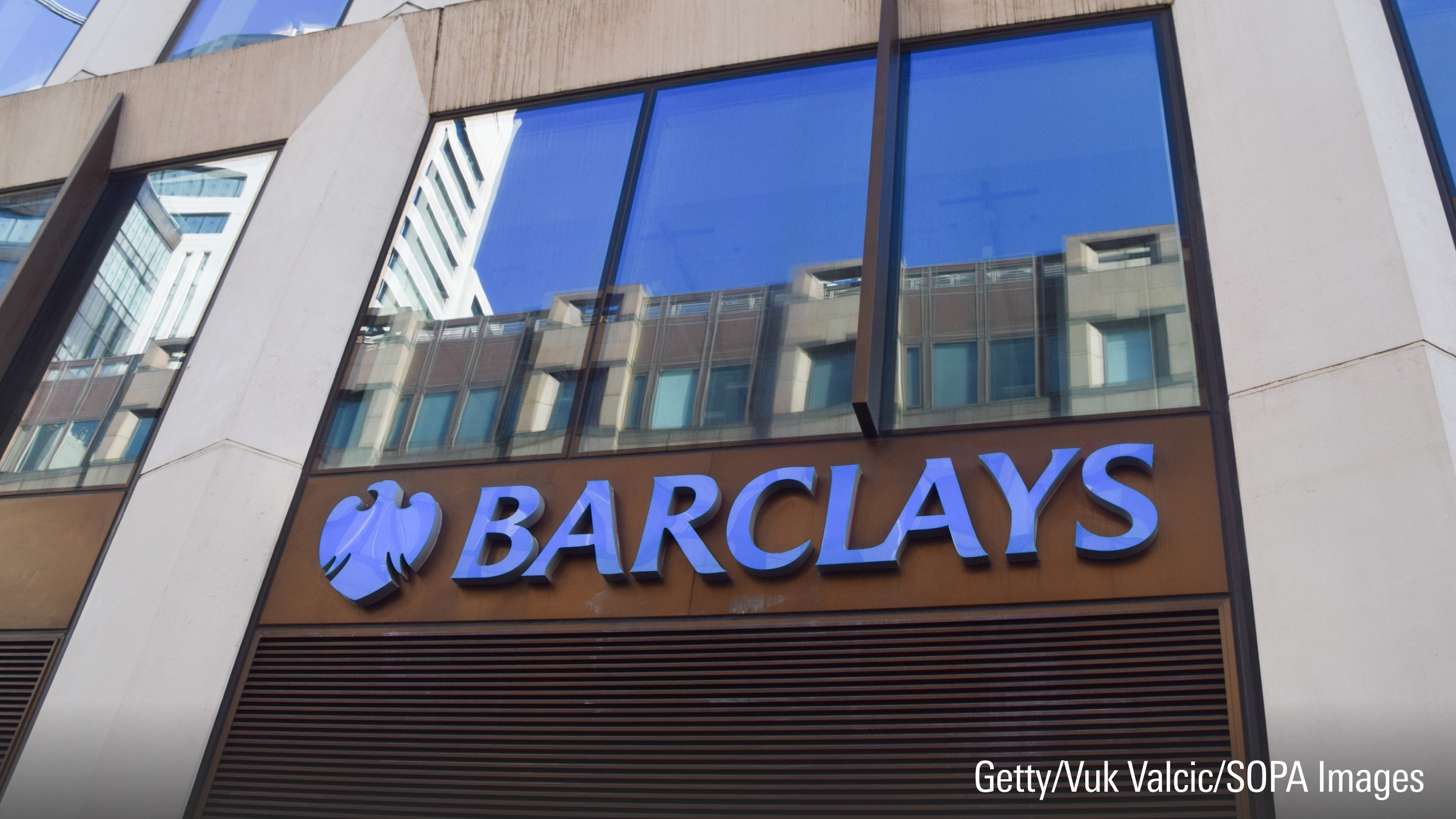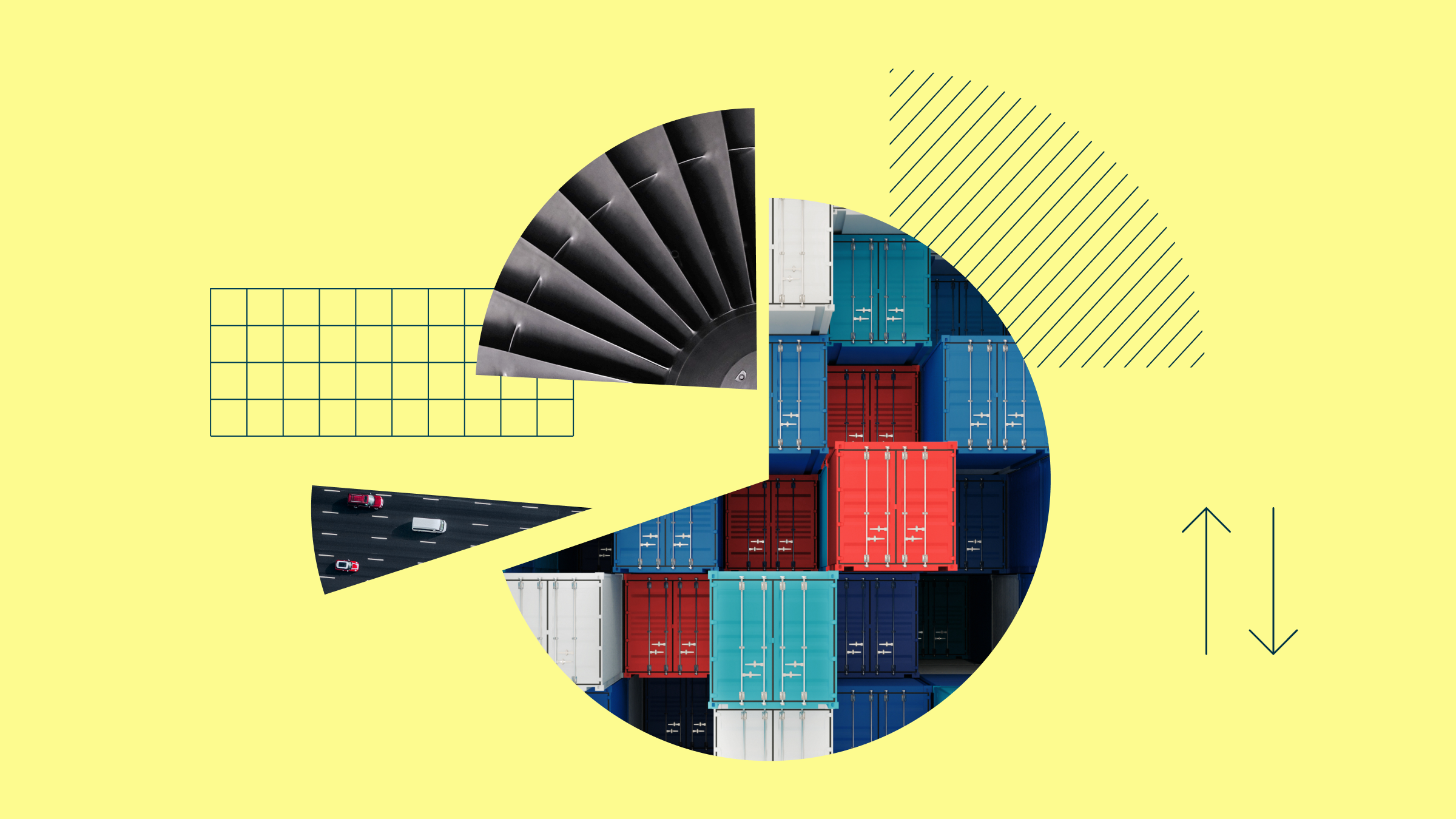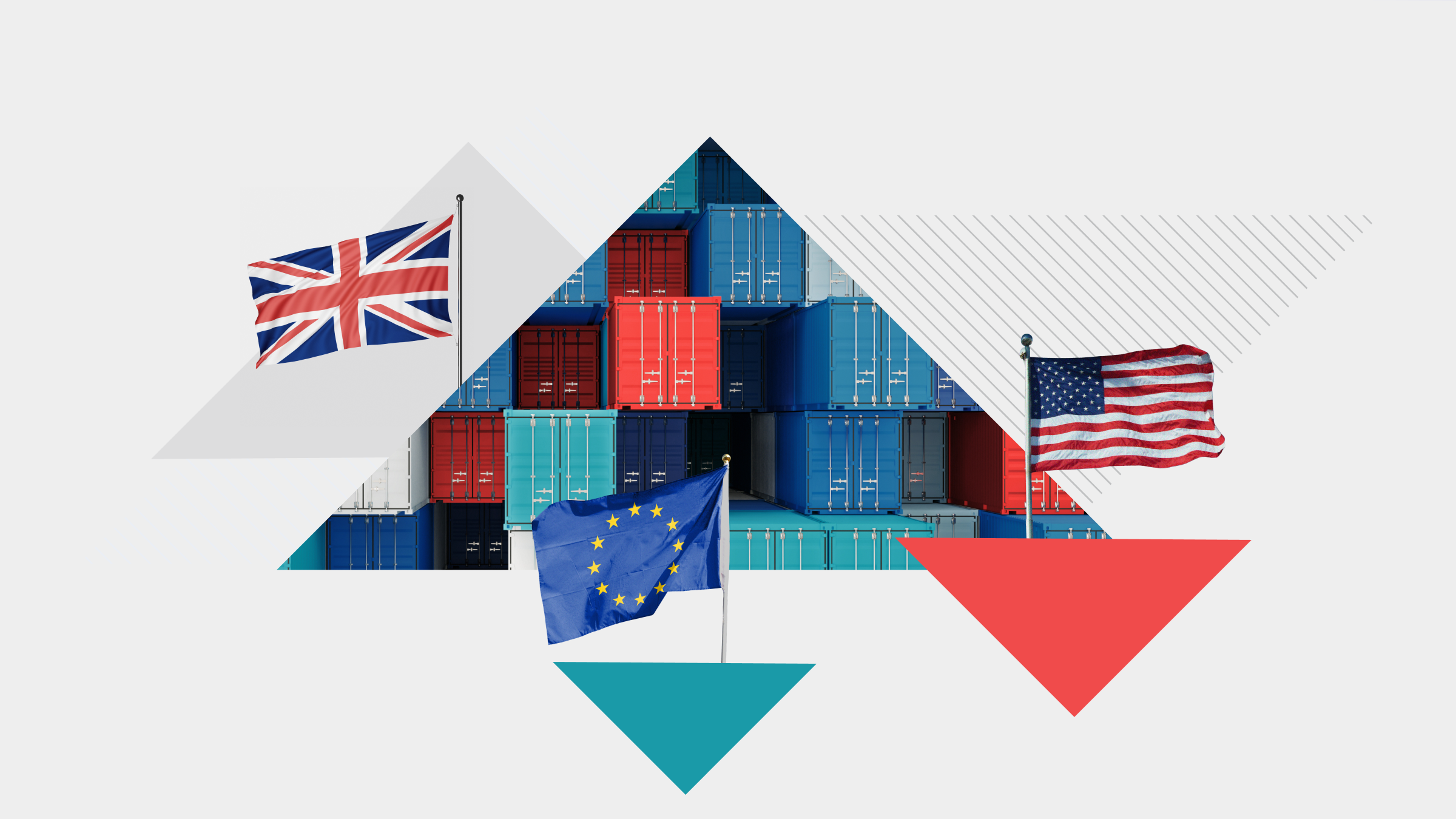Although it is rare that the average investor will have any direct investments in companies listed in Dubai's home country of the United Arab Emirates, there are a handful of ETFs that have exposure to those names. The ETFs with the largest exposure to UAE-listed companies
traded off sharply on the news. An announcement like this is huge and will have a major impact on how international investors view the local market, especially when, by all appearances, the majority of the UAE-listed holdings in these funds are financial-services companies.
Caught in the storm
When we surveyed the Morningstar European ETF database, we found that the two biggest losers were both French-listed ETFs. The largest holder of UAE listed names is--not surprisingly--EasyETF DJ United Arab Emirates. In the week since the announcement this fund has dropped a staggering 11.6%.
The other ETF to get caught up in this fiasco actually had no direct holdings in UAE listed companies. EasyETF DJ EGX Egypt Titans 20 dropped 6.75% in the week since the announcement. We can only speculate that the markets think that Egypt is either ripe for the same type of default issue or that Egypt's companies and banks are heavily exposed to Dubai default risk.
For investors that are using US-listed ETFs, there were three funds that the bore the brunt of the damage. The largest US ETF holder of UAE listed names is Market Vectors Gulf States with 25.6% of its assets in UAE-listed stocks. This ETF dropped nearly 8.7% between when the announcement was made on November 25 and the market close on November 30.
Next on the list, PowerShares MENA Frontier Countries is actually more broadly diversified across the Middle East and North Africa, but its exposure to the UAE is the largest of its country exposures, clocking in at 22.1% of its holdings. In the two trading days following the announcement, this fund dropped 5.7%.
Our final major holder of UAE companies is WisdomTree Middle East Dividend with 18.8% of its portfolio in the UAE. While this ETF may have the least amount of exposure of the three to the UAE, it has taken the heaviest damage of the bunch dropping 9.5%. We theorise that this ETF is more concentrated in financial-services companies in the UAE than the other two ETFs. Still, in aggregate, this ETF has far less exposure to financial services overall than both Market Vectors Gulf and MENA Frontier (40% versus 63% and 57%, respectively), so it is worth keeping an eye on how Dubai's default might spread through the region's financial system.
Frontier market investing
One thing worth noting is that, overall, these funds are relatively small in terms of assets under management. So we don't expect this to cause widespread problems in the portfolios of ETF investors. Still, this highlights once again the risks with "frontier" market investing. Frontier is just a very nice way of saying "undeveloped and more importantly untested." For all of the development projects that Dubai undertook, what is clear is that it failed to develop a system for controlling rampant debt expansion and a real estate bubble. All of that was backed by some sort of implicit guarantee that the government would back the debt. Of course, an implicit guarantee is much different than an explicit one, as investors always find out much to their regret.
This is a story that has been spun a hundred times over the past century when we talk about emerging-markets countries, and it will likewise be the case for the latest nascent developing economies like those in Eastern Europe, the Middle East, Africa, and up-and-coming Asian nations such as Vietnam, Indonesia, and Thailand. My point isn't that there is never a time to invest in Frontier-themed ETFs. Rather, you need to do so fully aware that these nations are historically subject to wild crashes, have governments that act in their own interest over the interests of investors, and often have illiquid securities. That means you need to keep your exposure in line with your risk tolerance in your portfolio and be ready to take some lumps along the way.
Before everyone starts going off about how many developed nations are guilty of these exact same issues, I recognise the irony. Saying that these countries behaved like emerging-markets countries during the credit bubble is unfortunately not a new insight. The difference is, even with all of the lost manufacturing jobs over the years, the US and Europe are still the world's largest manufactures by total GDP, so they at least have something to fall back on.
Frontier alternative ETFs
For some investors, crisis brings opportunity; you may wish to take a look at purchasing some of these beaten-up funds. For others, this is just the canary in the coal mine for more trouble to come in the UAE. For the latter, there are a couple of Frontier-themed ETFs that have widely managed to avoid the UAE and therefore have mostly sidestepped the price declines of the past few days and even throughout the year.
iShares MSCI Emerging Markets Islamic was able to largely sidestep the troubles in Dubai and actually posted a slight positive return during the week after Dubai's announcement. Also, year-to-date this ETF is up 67.5% compared to only a 21% rise in EasyETF's UAE offering.
Db x-trackers DJ Islamic Market Titans 100 also managed to avoid any negative impact from Dubai during the week. Year-to-date, this fund has only risen 6.7%, but in general we have seen much weaker performance in large-cap names compared to emerging markets.
Again, for those using US-listed products, there are several other options as well. SPDR S&P Emerging Middle East & Africa is one of the more balanced funds in the Frontier-themed space in terms of sector holdings. Only 29% of this fund's holdings are in financial services, and the fund has returned nearly 45% for the year to date. By comparison, the three US-listed ETFs mentioned earlier--Wisdom Tree Middle East, Market Vectors Gulf and MENA Frontier--were up only an average of 10.2% for the year to date. With $128 million in assets under management, SPDR S&P Emerging Middle East & Africa is also the largest of the Middle East and Africa ETFs in the market.
Another option is Claymore/BNY Mellon Frontier Markets. This fund avoided UAE exposure by spreading its exposure out across more frontier markets such as Chile, Poland, and Egypt. This fund has returned 51% for the year to date and has $24.8 million in assets.
While these two funds have avoided exposure to UAE companies, that doesn't mean that they aren't without risks. That's the trick with frontier investing, you can rely only on the fact that there will be serious bumps along the way, but when and where the next source of trouble will pop up is anyone's guess.
















